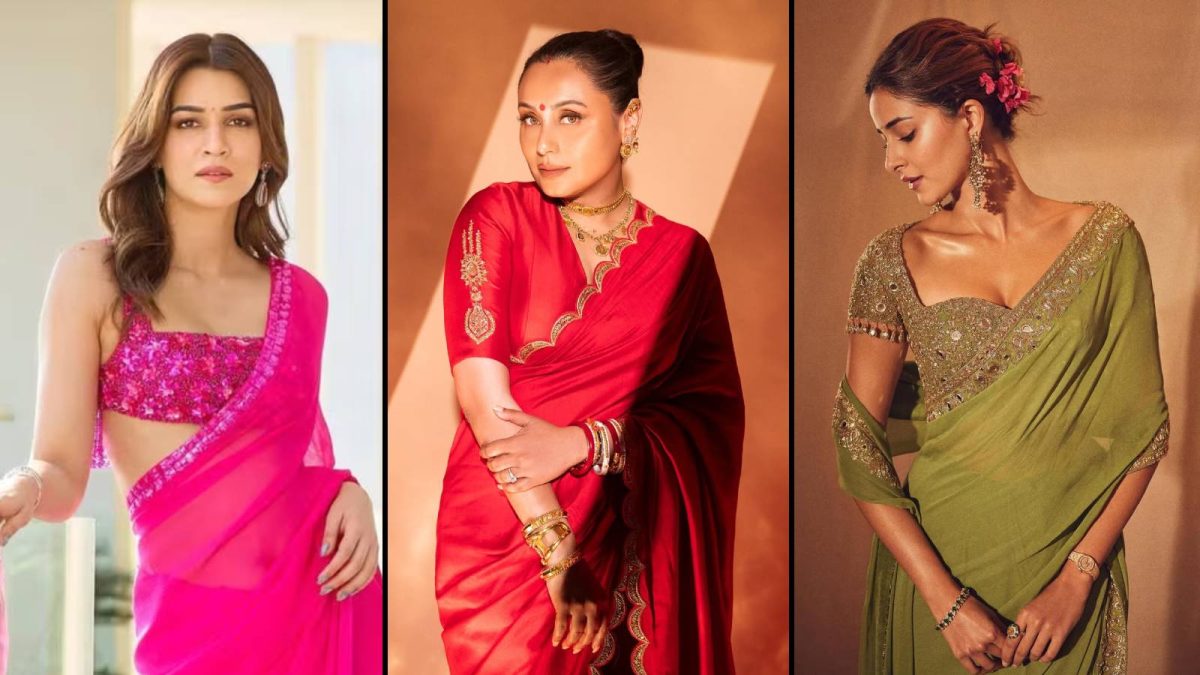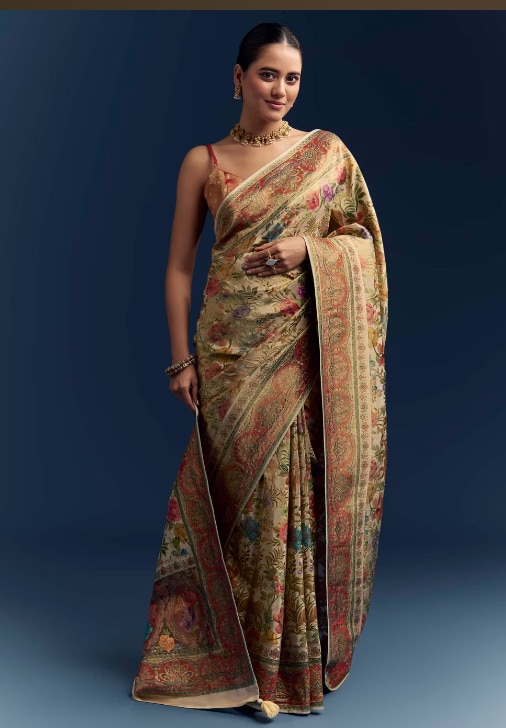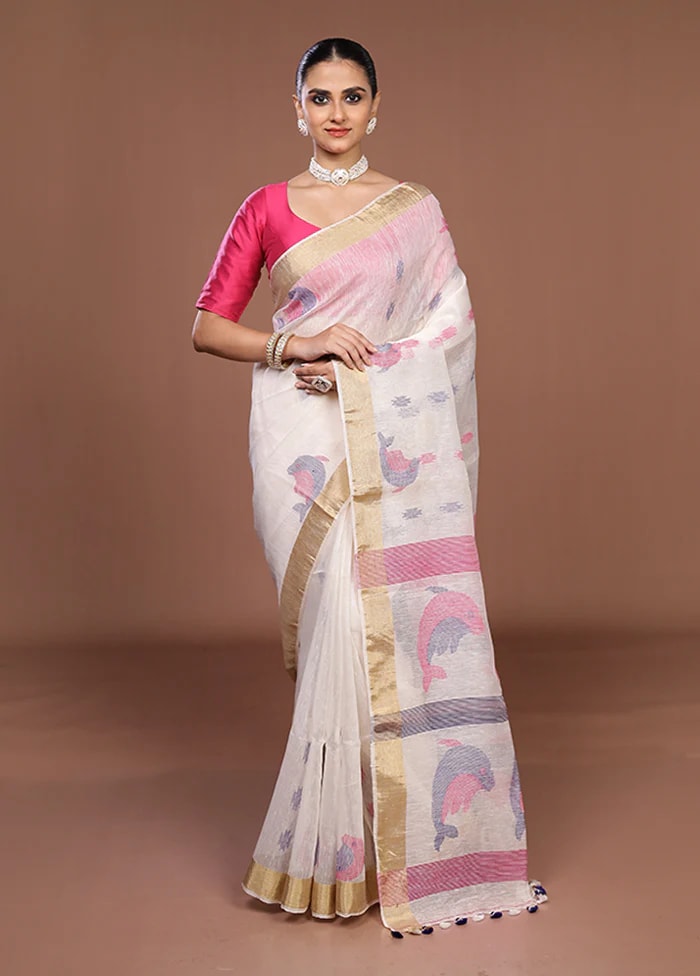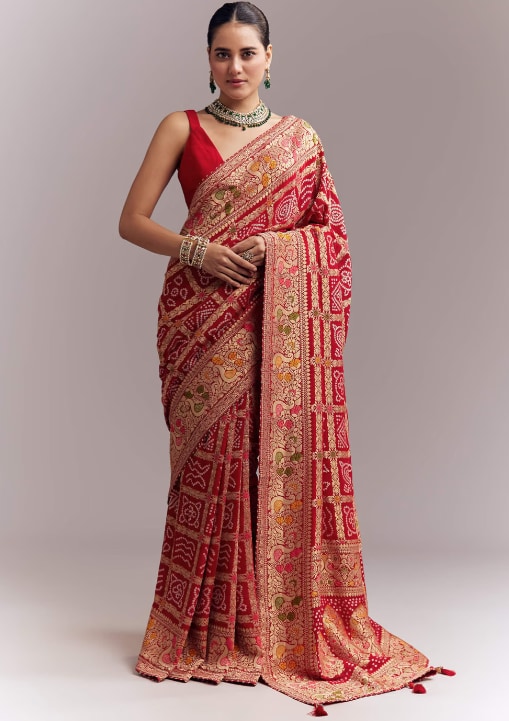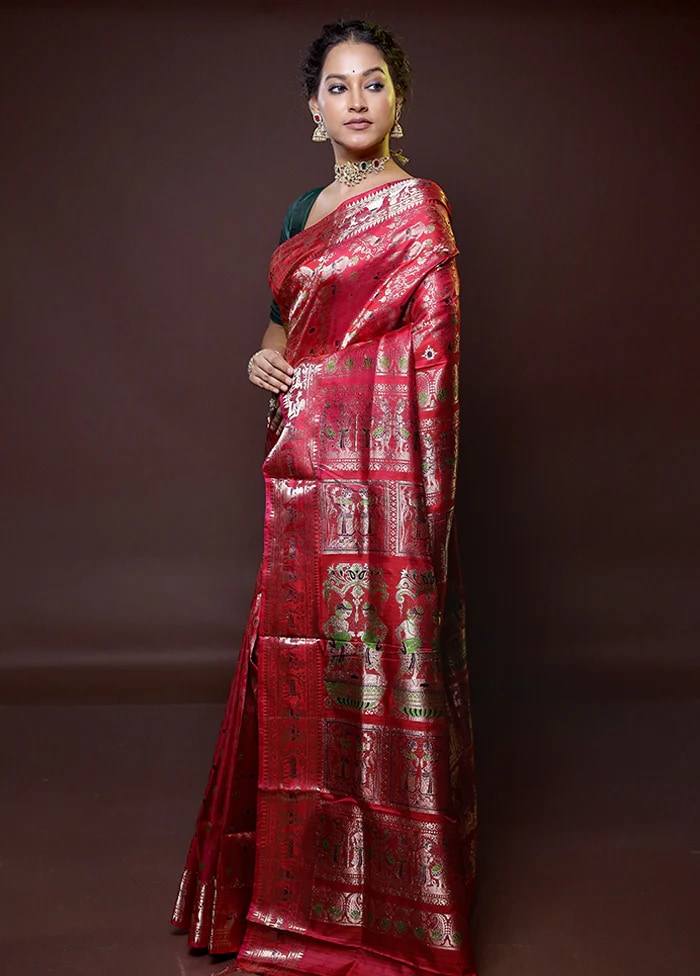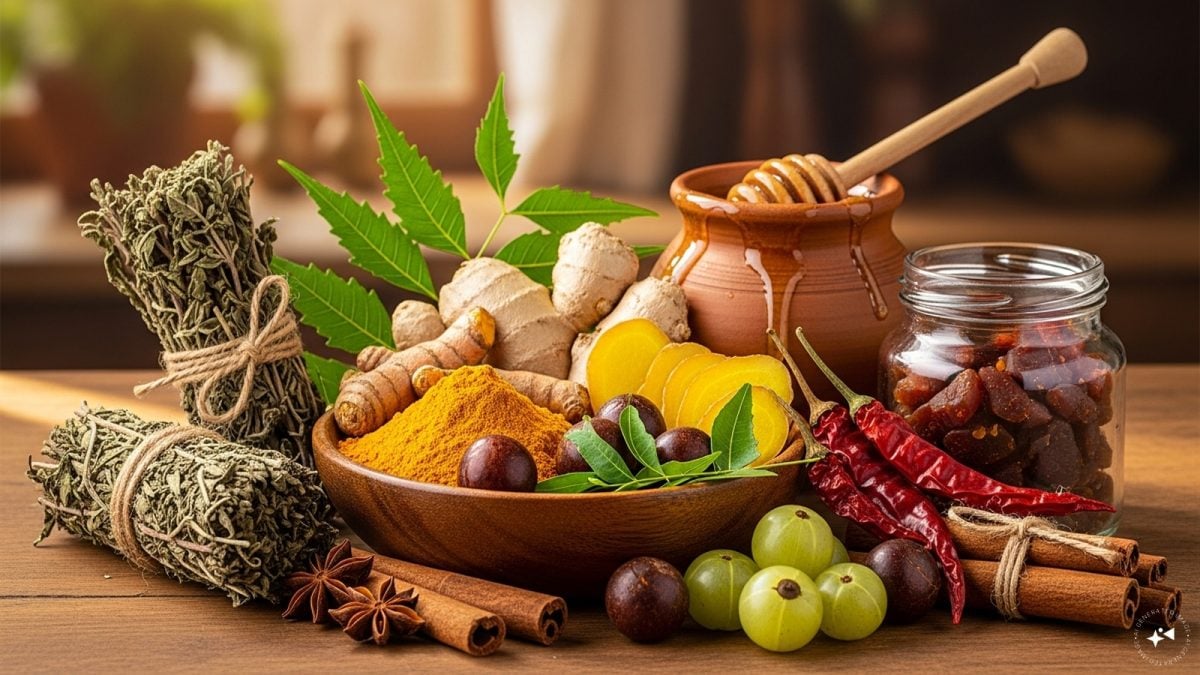Last Updated:
From experimental silhouettes to handloom revivals, 2025 marked an interesting era for the drape. One where heritage and modernity no longer compete, but converge

Once confined to nostalgia and ritual, the saree is now a global style statement seen at art galas, fashion weeks, and boardrooms alike
The six-yard wonder is having its most confident moment yet which is unapologetically traditional, fiercely contemporary. Once confined to nostalgia and ritual, the saree is now a global style statement seen at art galas, fashion weeks, and boardrooms alike. In a world where cultural identity is being redefined through creativity, the saree stands as India’s most versatile storyteller – fluid, timeless, and endlessly adaptable.
From experimental silhouettes to handloom revivals, 2025 marked an interesting era for the drape. One where heritage and modernity no longer compete, but converge. Here are five defining saree trends that shaped the sartorial landscape of this year.
1. The New Banarasi: A Soft Power Statement
Once the crown jewel of wedding trousseau, the Banarasi has now transcended its ceremonial roots to become a symbol of quiet confidence and refined taste. Today’s Banarasi is not loud, it whispers luxury through its craftsmanship, heritage, and hue.
Take this wine-red Banarasi Katan silk saree from Indian Silk House Agencies – its soft sheen, fluid drape, and intricate zari borders evoke the poetry of old-world artistry reimagined for the modern woman. The delicate floral butis shimmer like scattered secrets of gold, while the broad woven border frames the silhouette in regal grace.
The saree that tells a story; not of grandeur worn once, but of timeless elegance lived every day. Perfect for brunches, soirées, or celebrations, it redefines opulence as ease, and tradition as strength.
2. The Handloom Revival: Threads that Tell Stories
India’s handloom heritage is not a relic of the past, it’s the soul of the present, continually evolving with every loom and artisan. Designers and heritage houses alike are championing natural dyes, sustainable weaves, and motifs inspired by the land itself.
Take KALKI Fashion’s Beige Dola Silk Woven Saree with Nature Motif Embroidery, a perfect reflection of that movement. Crafted in soothing beige tones, its delicate woven vines and leaf motifs celebrate the quiet beauty of nature, translating heritage craft into something effortlessly wearable. Light as air yet rich in texture, this saree embodies how handloom can move from heirloom to everyday elegance.
Every thread speaks of craft; every motif, of continuity, a celebration of the weaver’s hand and the wearer’s spirit.
3. Minimalist Muse: The Power of Less
There is a rare kind of poetry in understatement. The kind that does not demand attention but holds it effortlessly. Minimalism, in the language of handloom, is not about what is removed, but what remains – the purity of weave, the integrity of texture, the honesty of color.
This white Jamdani cotton saree embodies that philosophy. Woven with pastel motifs that drift like watercolours across a misty canvas, it whispers of calm mornings and unhurried grace. From the ateliers of Indian Silk House Agencies, this piece distills the modern muse’s mood: serene, self-assured, and beautifully unembellished.
4. The Global Drape: Fusion Without Borders
The saree today has crossed continents styled with belts, capes, and jackets, it represents India’s global confidence. This is not fusion for novelty’s sake but an evolution of the drape into something dynamic, fluid, and inclusive.
KALKI Fashion’s Red Dola Silk Woven Saree with Bandhani and Floral Work captures this spirit perfectly. The saree’s deep red base, accentuated with Bandhani-inspired motifs and floral embroidery, bridges regional craft traditions with contemporary appeal. It is vibrant yet poised, a saree that could turn heads at a destination wedding in Udaipur or a gala in Paris.
This is where the saree’s power lies: in its ability to speak multiple design languages without losing its cultural heartbeat.
5. Heirloom Reimagined: Yesterday Meets Tomorrow
The modern woman borrows nostalgia and redesigns it. Her heirlooms are the reflections of how tradition can evolve without losing its soul. The Baluchari, once draped in grand courtyards lit by oil lamps, now finds itself reborn in soft silks and spirited hues.
This red Baluchari silk saree, with its antique zari motifs and fluid drape, is a conversation between eras – the whisper of old looms meeting the pulse of the present. Each motif, a story from another time, shimmers anew under modern light. From the weaving studios of the Indian Silk House Agencies, this saree carries a heritage not preserved behind glass, but worn, lived, and loved again.
A Legacy in Motion
The saree’s evolution mirrors India that is proud of its roots, yet perpetually reinventing itself. From handlooms to high streets, the drape continues to command reverence, through nostalgia and its remarkable ability to adapt.
As heritage houses like Indian Silk House Agencies and new-age brands like Kalki Fashion continue to keep these weaves alive for new generations, one thing is clear that saree is not making a comeback, it never left. It has simply found a new language. One that speaks of continuity, consciousness, and quiet confidence.

Swati Chaturvedi, a seasoned media and journalism aficionado with over 10 years of expertise, is not just a storyteller; she’s a weaver of wit and wisdom in the digital landscape. As a key figure in News18 Engl…Read More
Swati Chaturvedi, a seasoned media and journalism aficionado with over 10 years of expertise, is not just a storyteller; she’s a weaver of wit and wisdom in the digital landscape. As a key figure in News18 Engl… Read More
October 31, 2025, 19:49 IST


